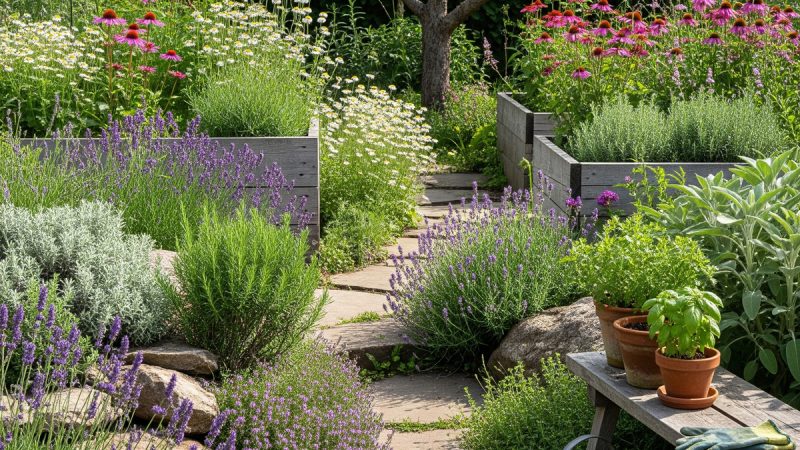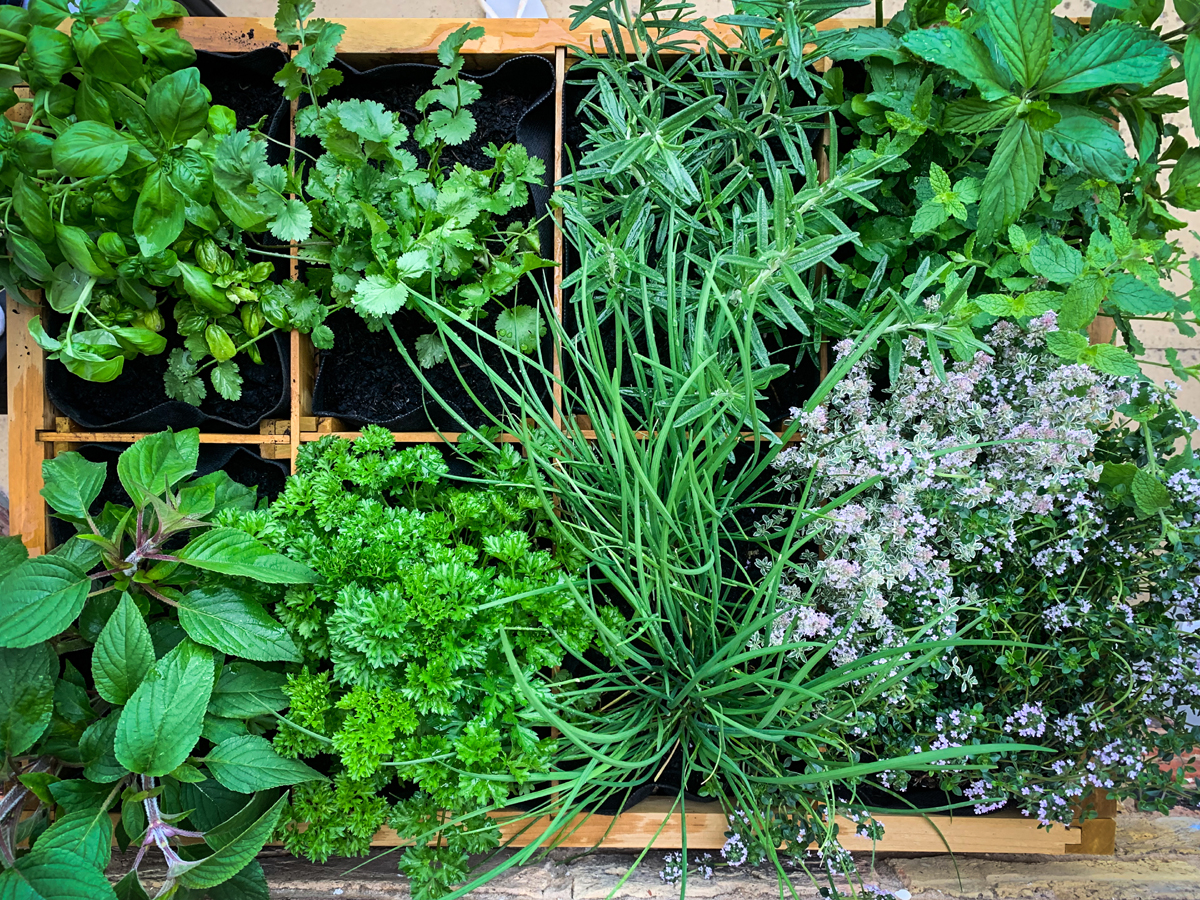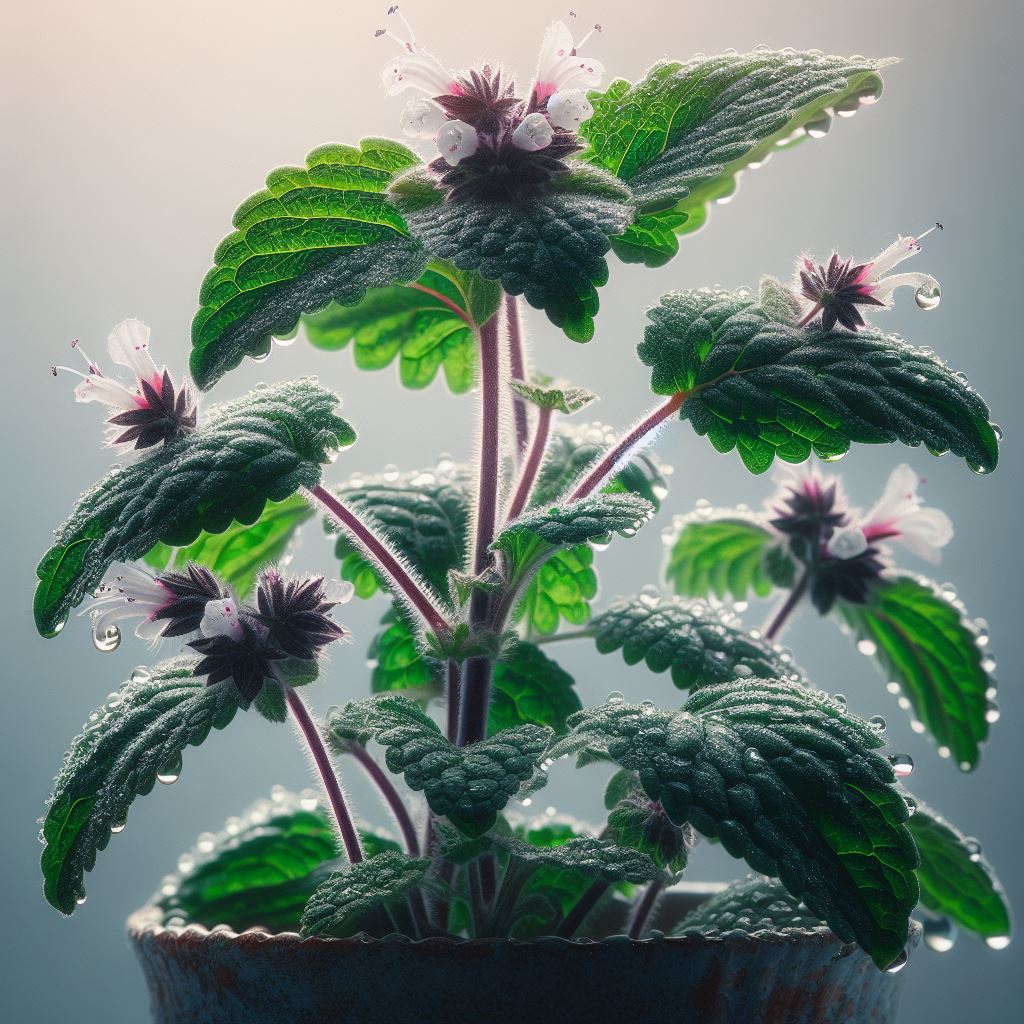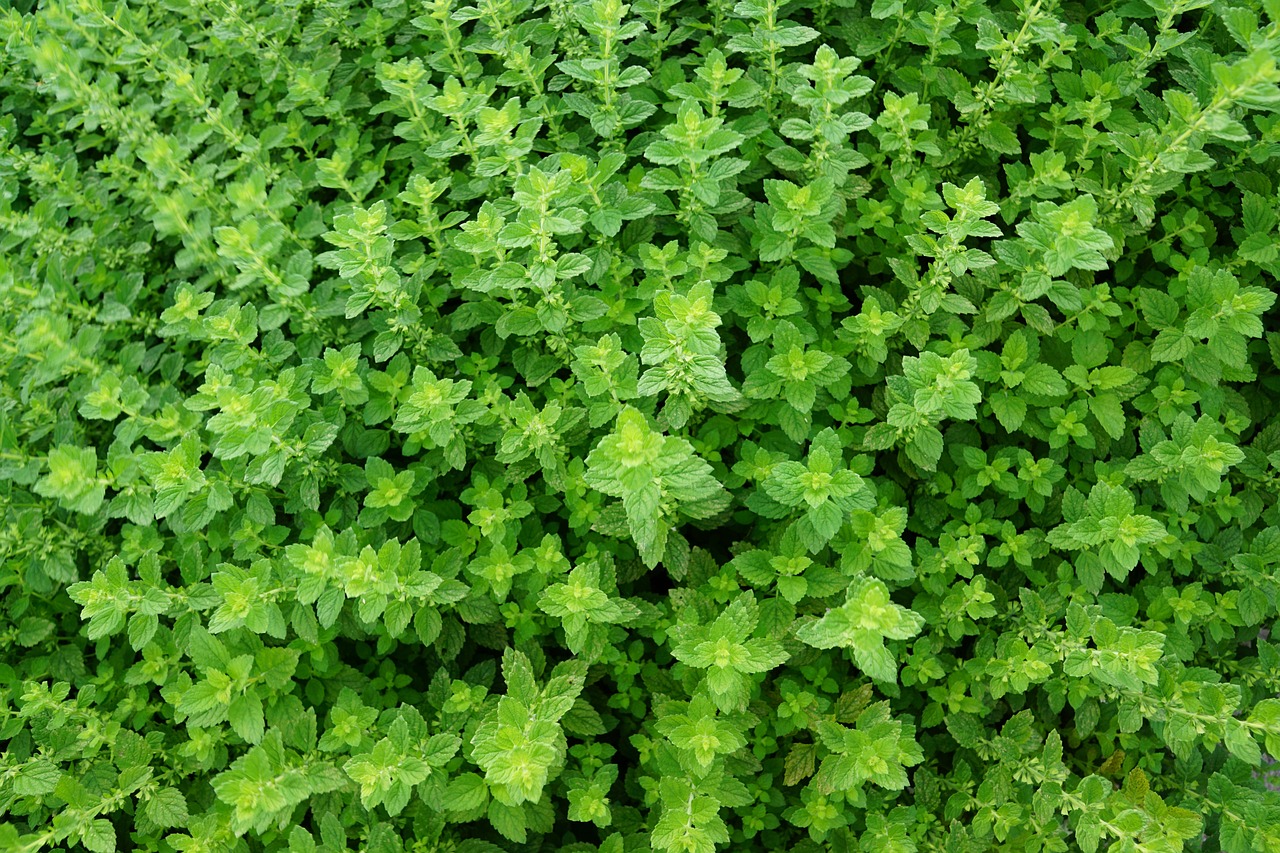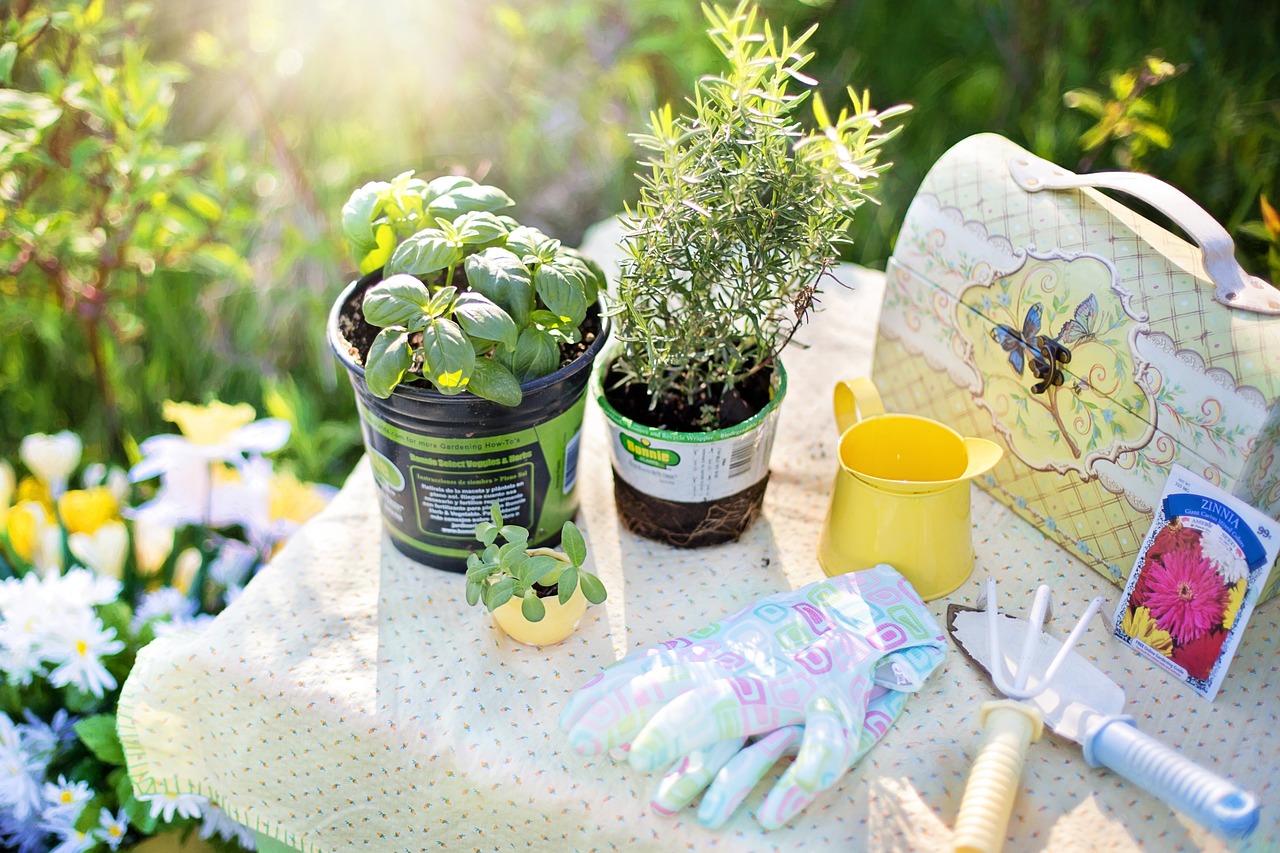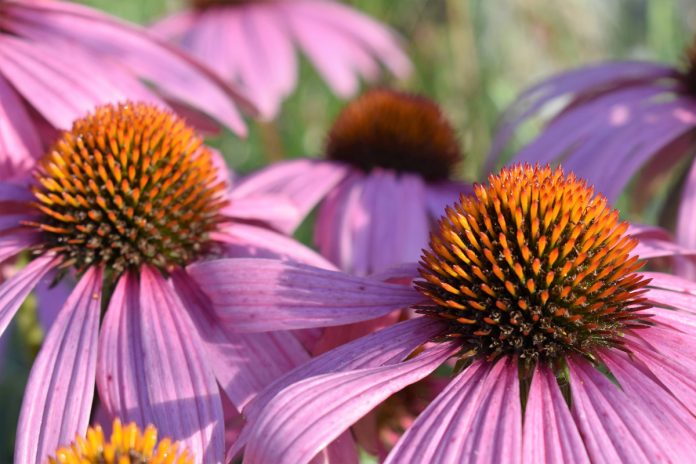Herb Garden Plants – Sorrel will Beget Gout
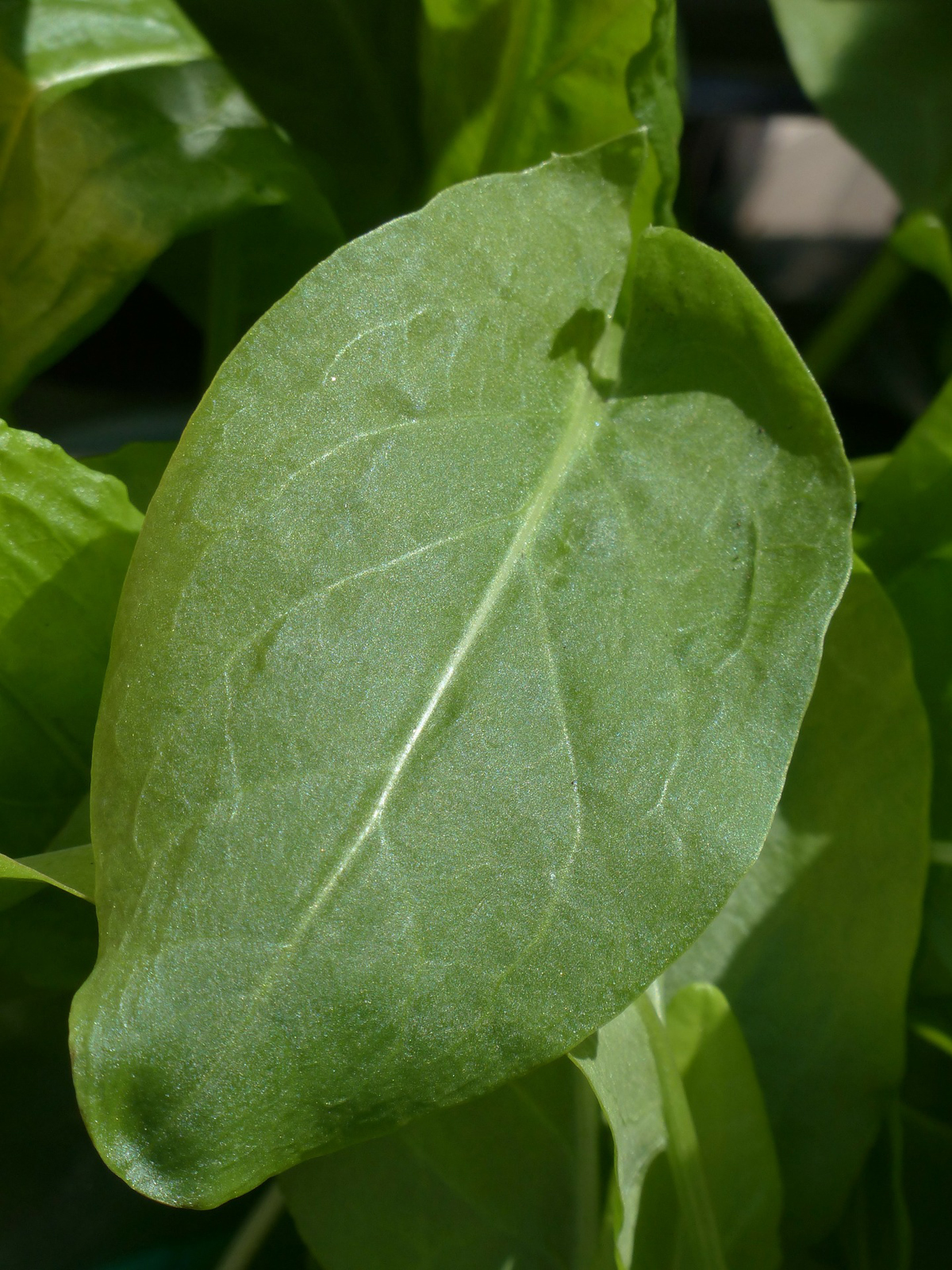
Rumex acetosa (Polygonaceae)
Appearance:
The type of domestic sorrel popular as herb garden plants is the broad leafed or garden sorrel which grows to a metre tall with substantial 100mm wide leaves, the topmost of which leaves tend to droop down from the crown of the plant. The domestic version of sorrel is larger and more succulent than the wild versions of the northern hemisphere – both North America and Europe.
Usage:
Wrap steak in a sorrel leaf in order to tenderize the meat or shred and crush into a steak marinade. Sorrel is a good substitute for vine leaves and has long been a popular base for French sorrel soup, made from both the wild and domestic versions.
Be careful of giving sorrel in any form to gout sufferers – the high acidity of these herb garden plants will almost certainly exacerbate their gout and they will not thank you for causing them pain.
Cultivation:
Sow sorrel annually in spring for both the best results and the best flavor – proceed by sowing in drills in a moist well composted soil. Sorrel seems to enjoy growing where it gets a little shade during the day, so try to position your sorrel bed accordingly.
Thin these strong growing herb garden plants to about 30cm apart as sorrel can get quite large and needs breathing space to produce its most succulent leaves for harvesting.
Pinch out the flower buds to avoid flowering and seeding as flavor is best prior to flowering.; alternatively remove self sown seedlings prior to their development. Established sorrel herb garden plants will develop deep roots and the older plants are not easy to thin out once they are entrenched.
During hot spells, keep a deep mulch layer around the stems of plants to keep the roots cool. Sorrel gets somewhat bitter when harvested during hot conditions.
Harvesting:
As the tangy flavor of the leaves is best prior to flowering; prune the flowers for a longer season of fresh tender sorrel leaves.
Sorrel is best harvested after a spell of cool weather when the cool roots help produce leaves of a much better flavor. This works well in even extremely hot regions.
The Author:
Pete Steel has grown herbs for 25 years in several different climates and soils.

